

| Firma : Azamara Cruises |
| Statek : Azamara Journey |
| Data rozpoczęcia : śr. 26 sie 2026 |
| Data zakończenia : pt. 11 wrz 2026 |
| Liczba nocy : 16 nocy |
| Dzień | Data | Port | Wypłynięcie | Odpłynięcie |
|---|---|---|---|---|
| 1 | 26.08 śr. | Montreal / Kanada | 20:00 | |
| 2 | 27.08 czw. | Kangiqsualujjuaq / Kanada | 08:00 | |
| 3 | 28.08 pt. | Kangiqsualujjuaq / Kanada | 22:00 | |
| 4 | 29.08 sob. | SCENICZNY REJS DO FJORDU SAGUENAY | 06:30 | 10:00 |
| 5 | 30.08 niedz. | Saguenay / Kanada | 11:00 | 21:00 |
| 6 | 31.08 pon. | Dzień na morzu / Morze | 06:00 | |
| 7 | 1.09 wt. | Le Havre / Francja | 08:00 | 18:00 |
| 8 | 2.09 śr. | Dzień na morzu / Morze | ||
| 9 | 3.09 czw. | Dzień na morzu / Morze | ||
| 10 | 4.09 pt. | Dzień na morzu / Morze | ||
| 11 | 5.09 sob. | Nuuk / Greenland | 08:00 | 17:00 |
| 12 | 6.09 niedz. | Paamiut / Greenland | 13:00 | 19:00 |
| 13 | 7.09 pon. | Kakortok / Greenland | 08:00 | 20:00 |
| 14 | 8.09 wt. | Dźwięk księcia Christiana / Greenland | 07:00 | 12:00 |
| 15 | 9.09 śr. | Dzień na morzu / Morze | ||
| 16 | 10.09 czw. | Grundarfjordur / Islandia | 09:00 | 20:00 |
| 17 | 11.09 pt. | Reykjavik / Islandia | 08:00 | |
| 18 | 12.09 sob. | Reykjavik / Islandia | 08:00 |
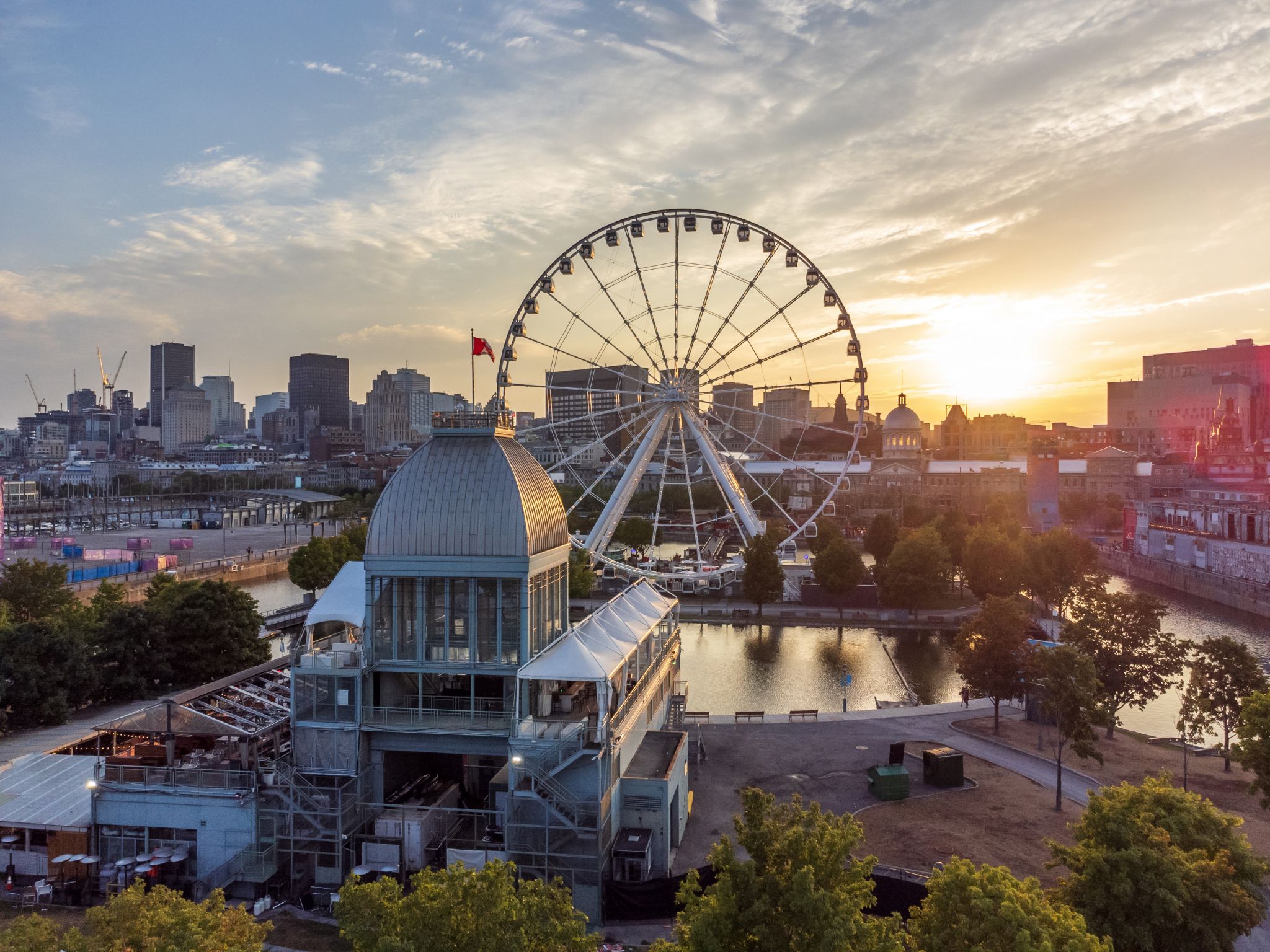
Montreal — Kulturalna stolica Kanady
Montreal to największe miasto prowincji Quebec w południowo-wschodniej Kanadzie i czwarte pod względem wielkości miasto francuskojęzyczne na świecie, ustępujące tylko Paryżowi, Kinszasie i Abidżanowi. To ważne centrum kulturalne, w którym francuska i angielska kultura harmonijnie się przeplatają. Spacerując po Starym Mieście, Vieux-Montréal, można podziwiać piękne stare budynki, wąskie uliczki i historyczne place, takie jak Place Jacques-Cartier. Montreal jest także znany ze swoich muzeów, teatrów i festiwali, w tym słynnego festiwalu jazzowego.
Miasto doskonale łączy atmosferę miejską z naturalnym pięknem. W Montrealu można cieszyć się zielonymi parkami, takimi jak Parc Jean-Drapeau, a także wspiąć się na górę Mont Royal, skąd rozpościera się niesamowity widok na miasto. Montreal jest także znany z kuchni, oferując różnorodność restauracji, od francuskiej kuchni po unikalne jedzenie uliczne.
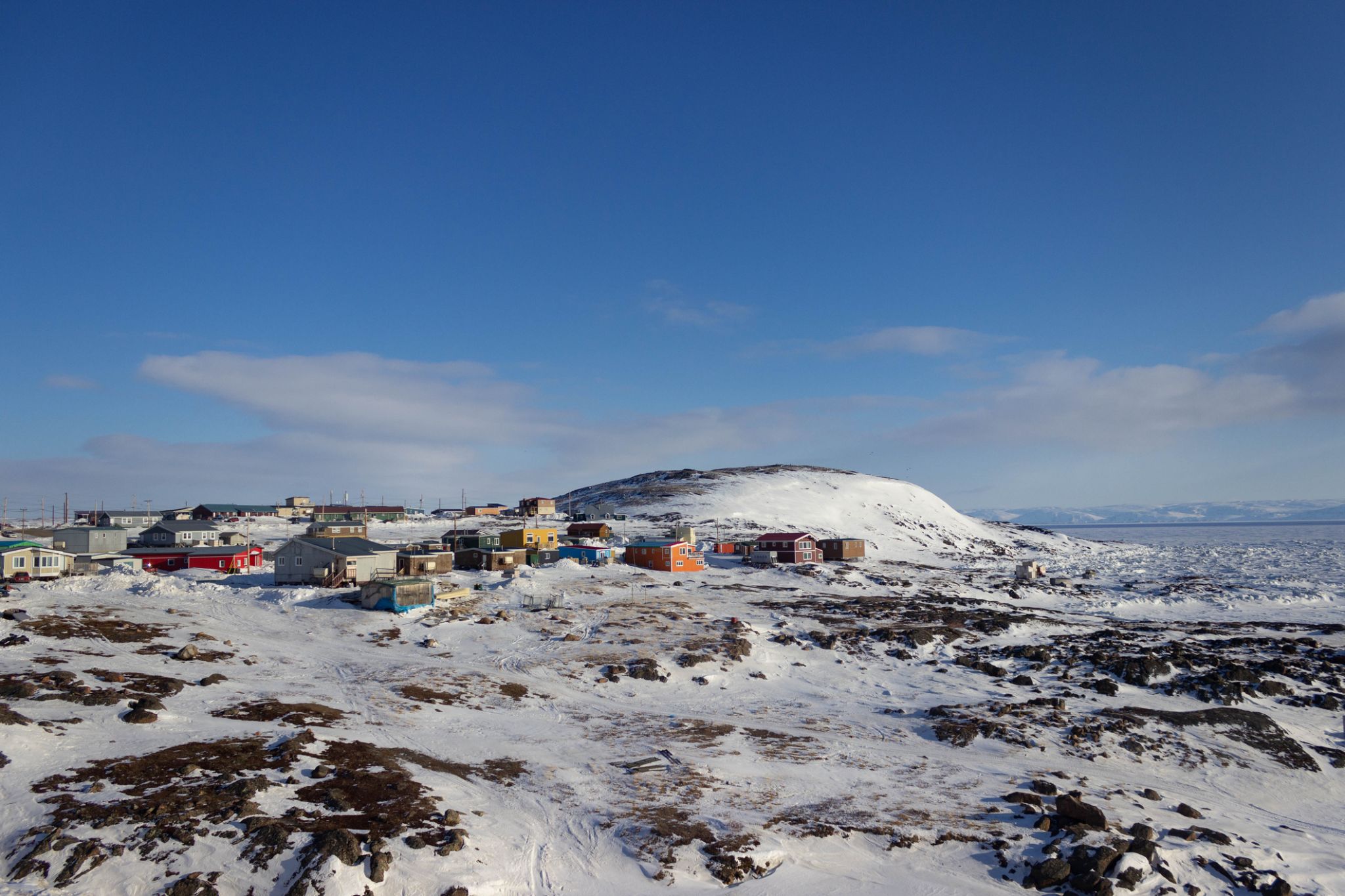


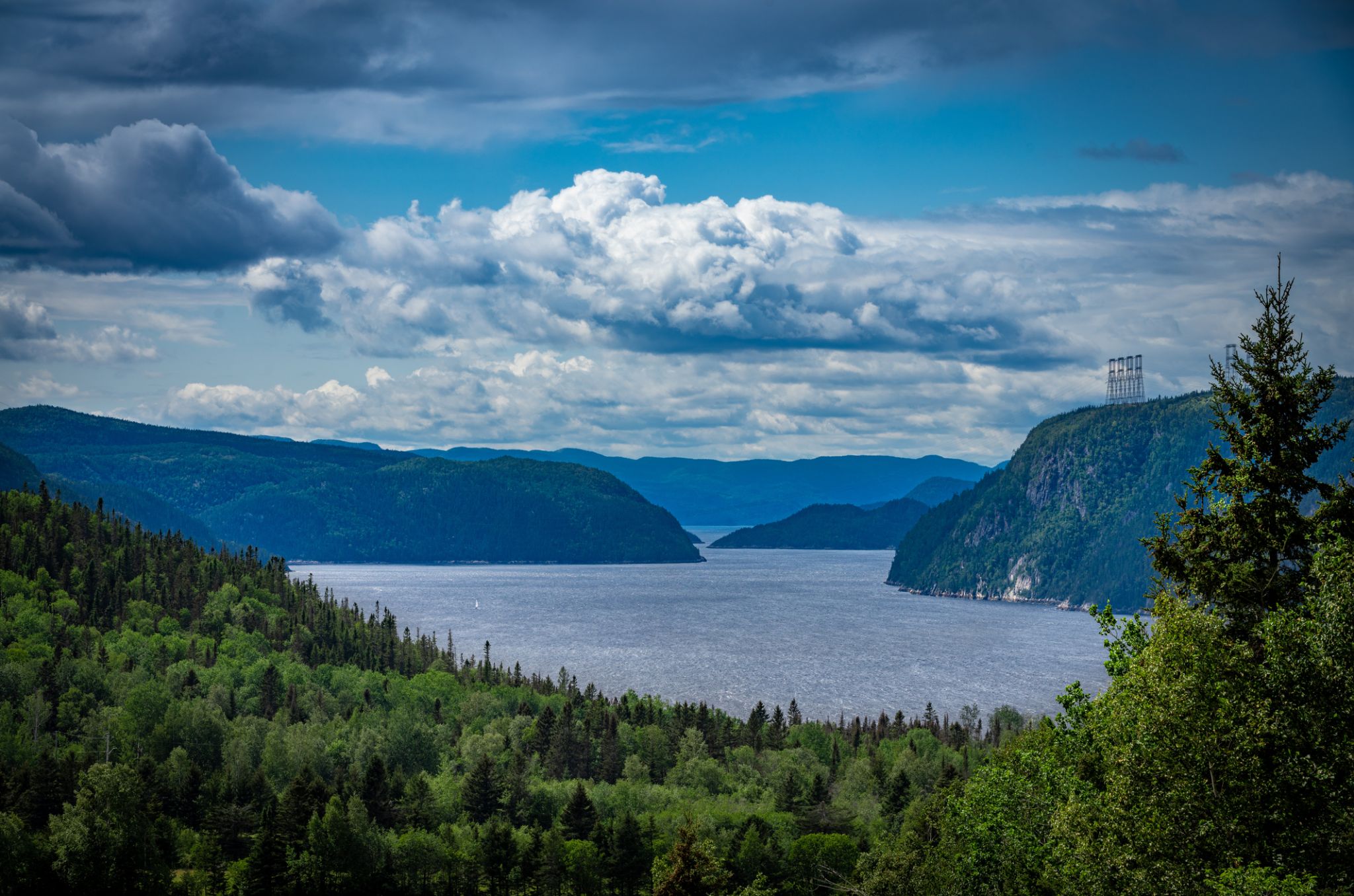

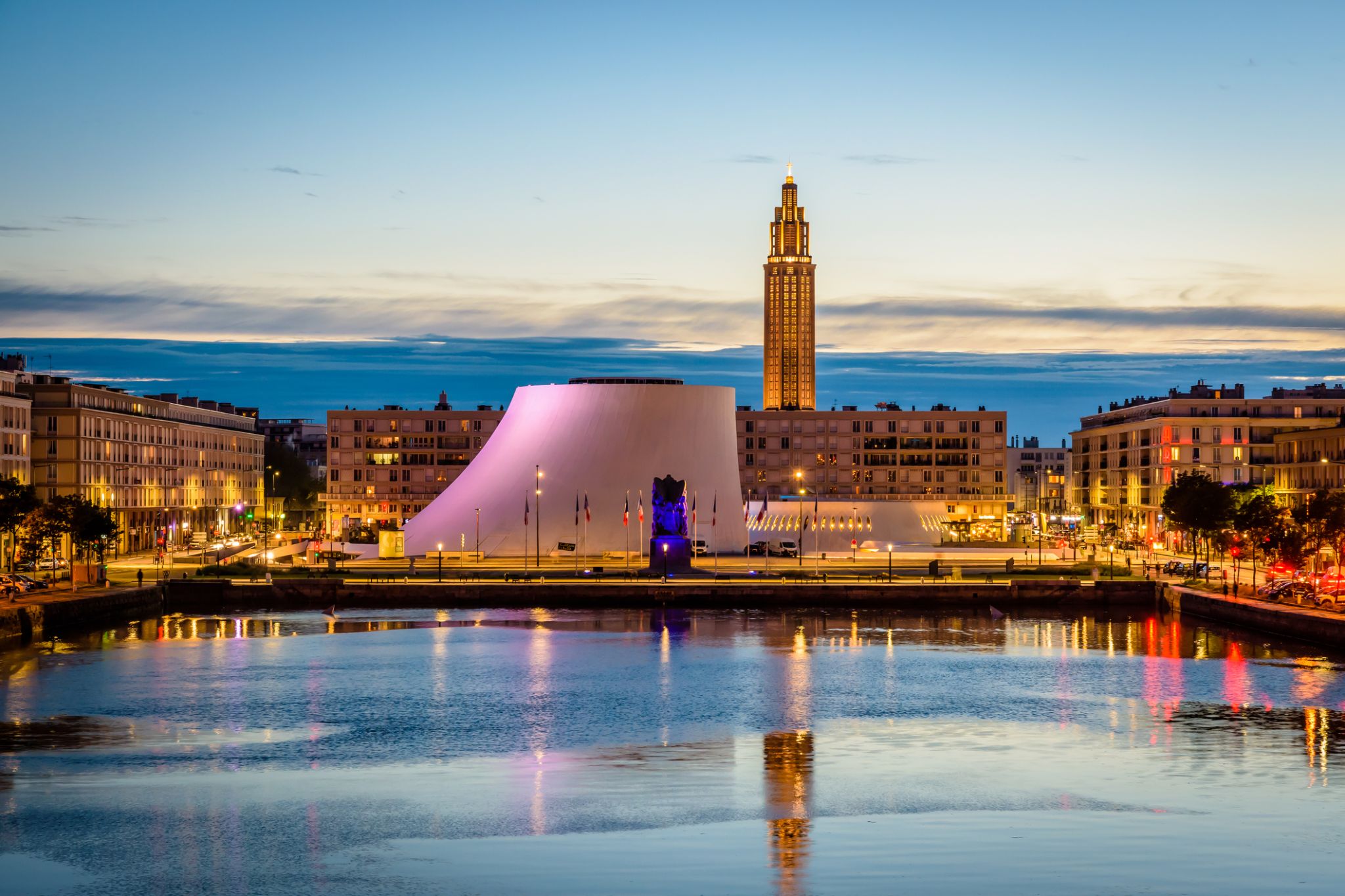
Le Havre to portowe miasto na północnym zachodzie Francji, położone nad brzegiem Kanału La Manche, będące ważnym centrum handlu morskiego i budownictwa okrętowego. Założone w XVI wieku, Le Havre szybko rozwinęło się dzięki swojej strategicznej lokalizacji, stając się jednym z największych portów kraju. Miasto jest znane z modernistycznej architektury, która została starannie zaplanowana po zniszczeniach II wojny światowej. W 2005 roku historyczne centrum miasta zostało wpisane na listę światowego dziedzictwa UNESCO, a słynny zespół architektoniczny zaprojektowany przez Auguste’a Perreta stał się ważną częścią miejskiej tożsamości.
Dziś Le Havre przyciąga turystów swoją unikalną atmosferą, łączącą elementy stare i nowe. Jedną z głównych atrakcji jest Notre-Dame-de-Grâce oraz Centrum Kultury Dunkierka, gdzie odbywają się koncerty, wystawy i przedstawienia teatralne. Lokalne plaże i promenady są idealnymi miejscami do spacerów i wypoczynku, a liczne restauracje serwują świeże owoce morza. Le Havre stało się także ważnym centrum kulturalnym i ekonomicznym, przyjmującym gości nie tylko z Francji, ale także z całego świata.



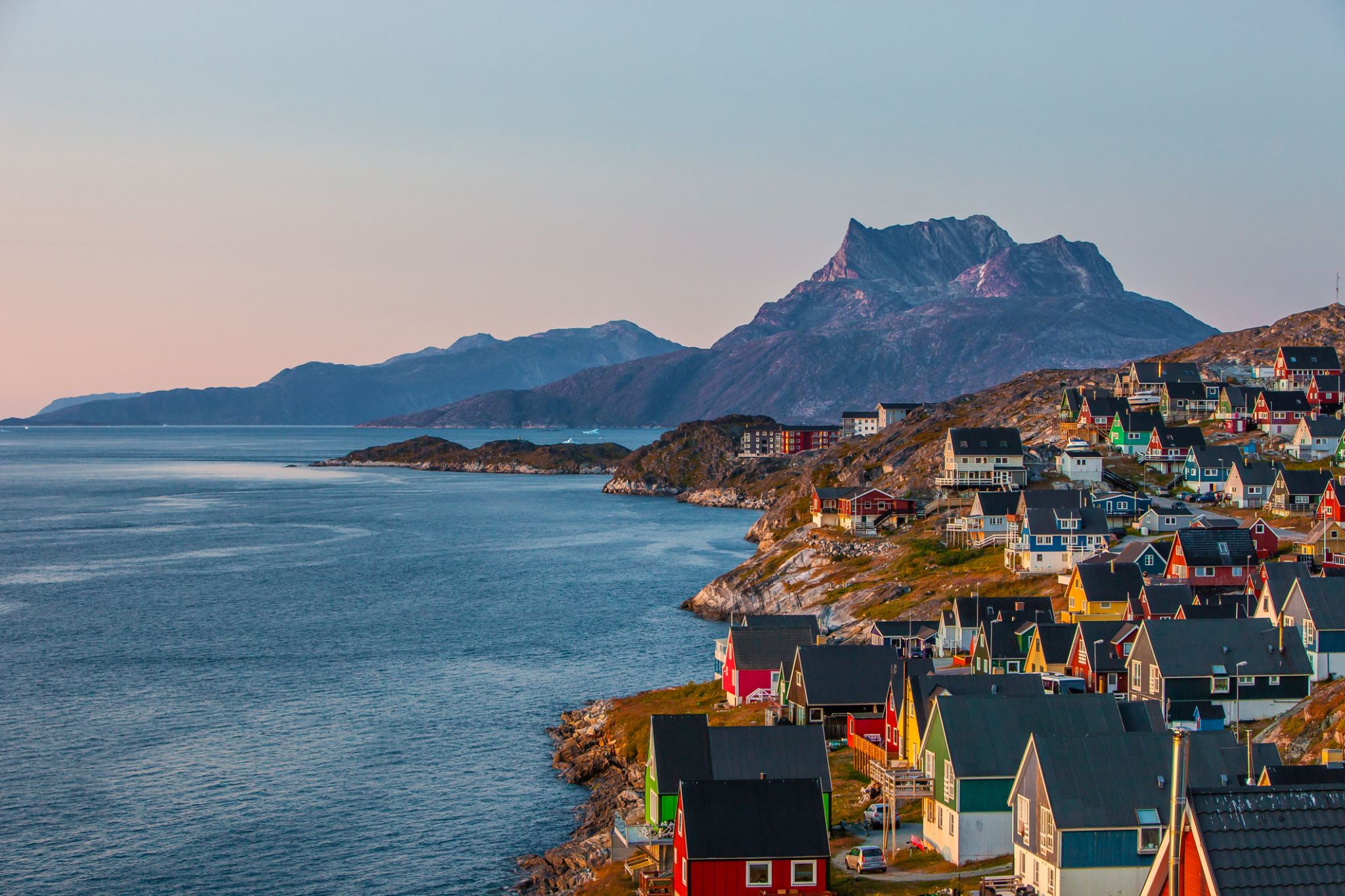

Zanurz się w atmosferę północnej przyrody, gdzie lodowate wody i malownicze krajobrazy tworzą wyjątkowy obraz dla każdego podróżnika. W tym zakątku Grenlandii, w małym miasteczku Paamiut, czekają na Ciebie żywe tradycje i przyjaźni mieszkańcy, którzy zachowali kulturę Inuitów oraz morskie dziedzictwo odzwierciedlone w ich rybackim stylu życia.
Paamiut to idealne miejsce dla tych, którzy chcą poczuć arktyczną ciszę i majestat natury, a także poznać unikalną florę i faunę regionu. Można tu spacerować wzdłuż wybrzeża, obserwować wieloryby i zorze polarne oraz spróbować świeżych owoców morza, przygotowywanych przez miejscowych z pasją i umiejętnościami. To ciche i autentyczne miejsce oferujące prawdziwą północną przygodę.
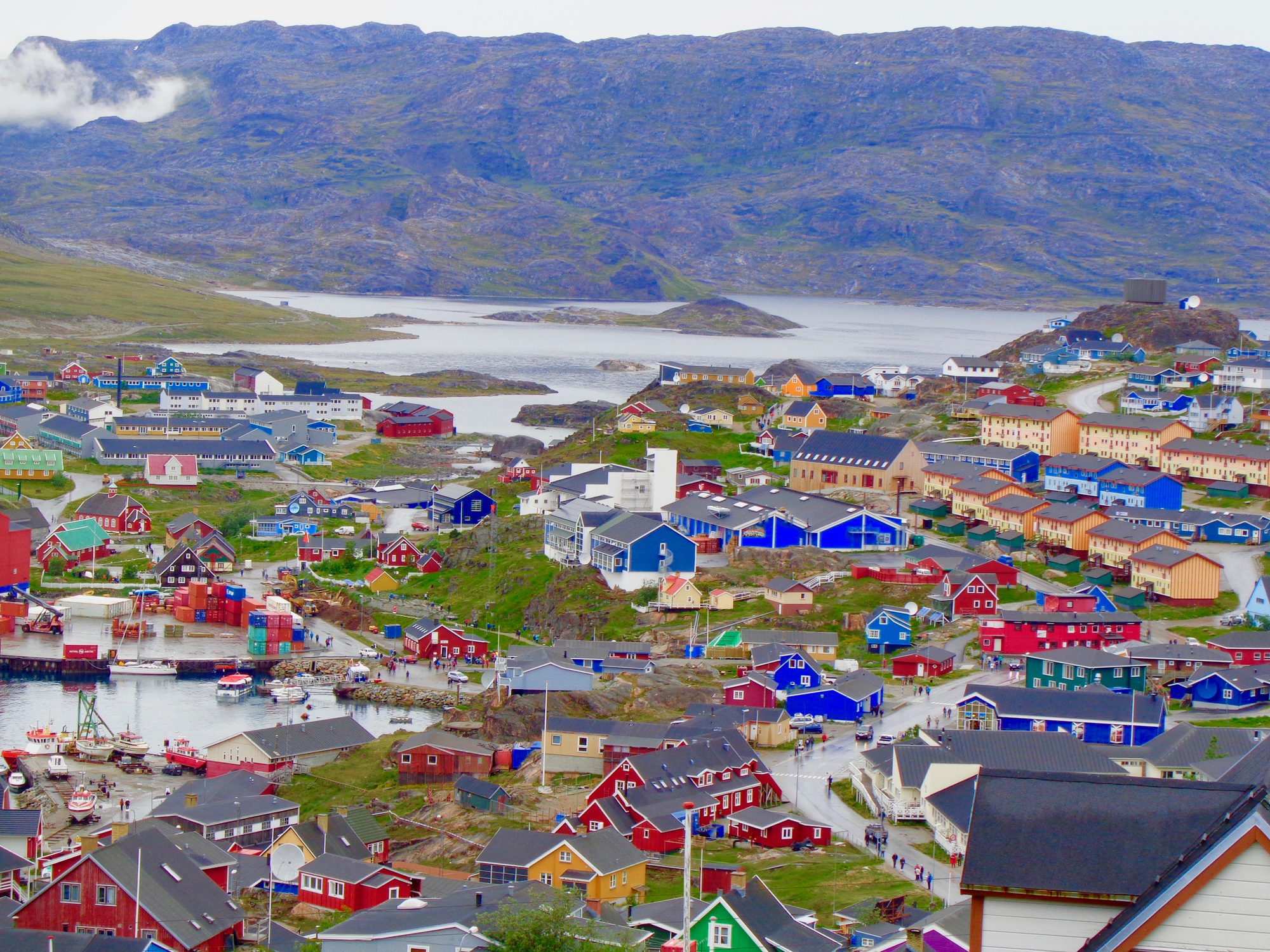
Qaqortoq, formerly Julianehåb, is a town in the Kujalleq municipality in southern Greenland, located near Cape Thorvaldsen. With a population of 3,089 in 2016, it is the most populous town in southern Greenland and the fourth-largest town on the island.



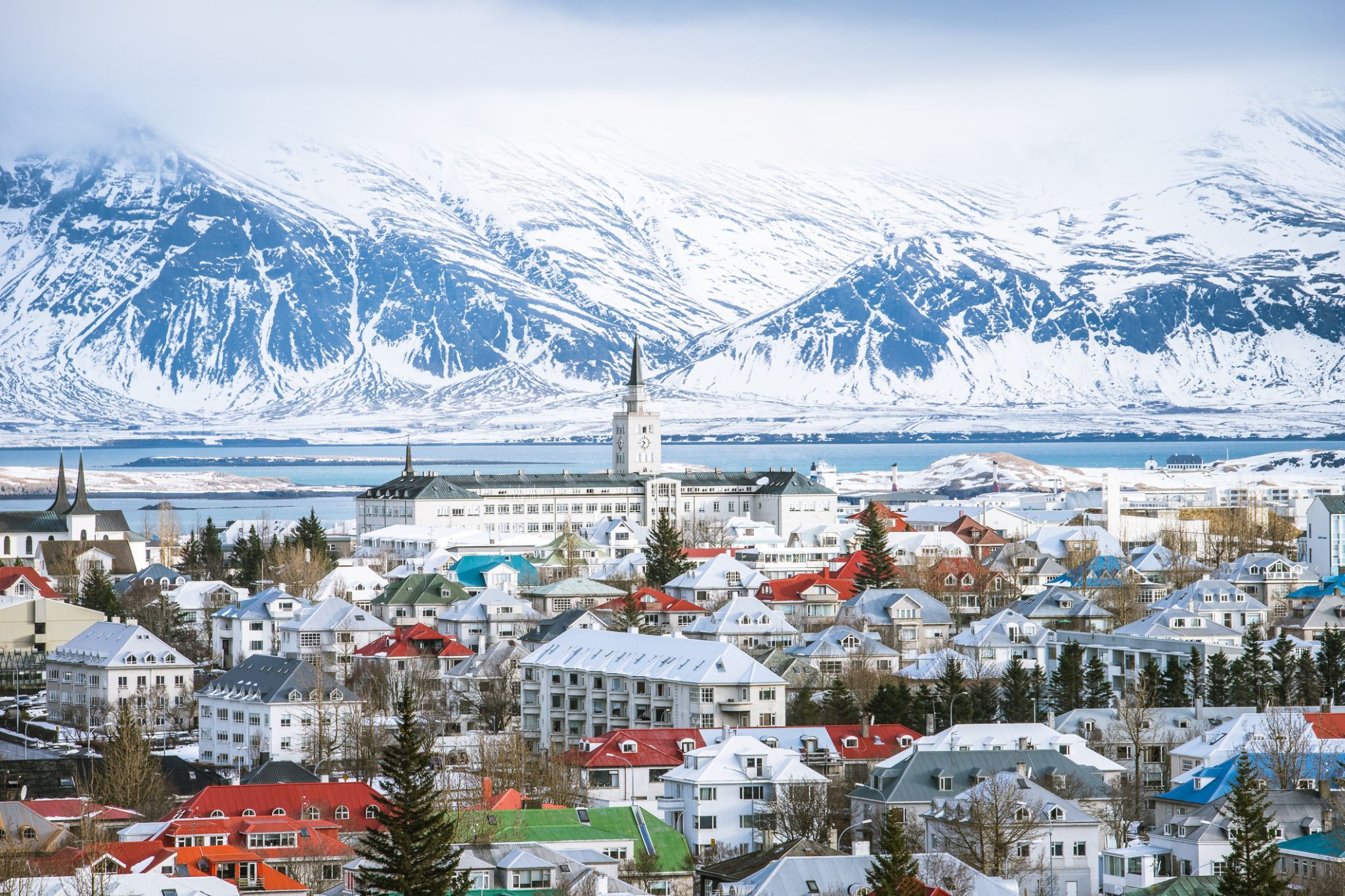
Reykjavík is the capital and largest city of Iceland. It is located in southwestern Iceland, on the southern shore of Faxa Bay. Its latitude is 64°08' N, making it the world's northernmost capital of a sovereign state. With a population of around 123,300 (and over 216,940 in the Capital Region), it is the heart of Iceland's cultural, economic and governmental activity, and is a popular tourist destination.
Reykjavík is believed to be the location of the first permanent settlement in Iceland, which, according to Ingólfr Arnarson, was established in AD 874. Until the 19th century, there was no urban development in the city location. The city was founded in 1786 as an official trading town and grew steadily over the following decades, as it transformed into a regional and later national centre of commerce, population, and governmental activities. It is among the cleanest, greenest, and safest cities in the world.

Reykjavík is the capital and largest city of Iceland. It is located in southwestern Iceland, on the southern shore of Faxa Bay. Its latitude is 64°08' N, making it the world's northernmost capital of a sovereign state. With a population of around 123,300 (and over 216,940 in the Capital Region), it is the heart of Iceland's cultural, economic and governmental activity, and is a popular tourist destination.
Reykjavík is believed to be the location of the first permanent settlement in Iceland, which, according to Ingólfr Arnarson, was established in AD 874. Until the 19th century, there was no urban development in the city location. The city was founded in 1786 as an official trading town and grew steadily over the following decades, as it transformed into a regional and later national centre of commerce, population, and governmental activities. It is among the cleanest, greenest, and safest cities in the world.